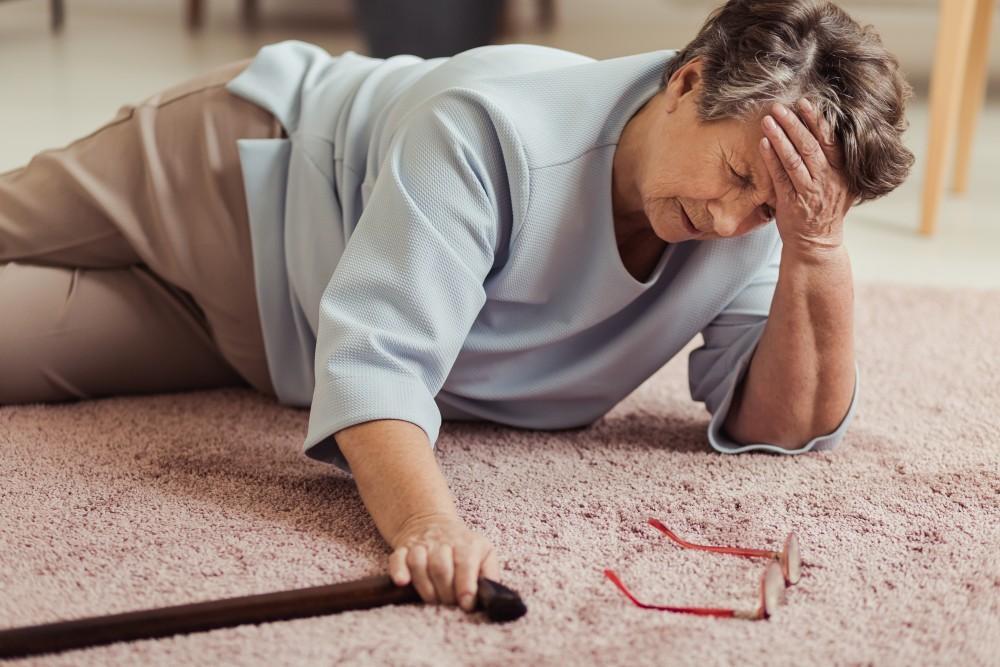In a world where technology is advancing rapidly, ensuring the safety of our loved ones, particularly seniors, has never been more achievable. As we explore the topic of fall detection devices vs cameras, it is important to understand how each of these technologies can offer peace of mind and enhance safety for seniors.
Fall detection devices are designed to automatically detect falls and alert emergency contacts or services without requiring any action from the user. On the other hand, cameras provide a visual means to monitor activities but require continuous monitoring and do not offer automatic alerts. Lets dig deeper to understand which option might be the right fit for you or your loved one.

Understanding Fall Detection Technologies
What Are Fall Detection Devices?
Fall detection devices are wearable gadgets equipped with sensors that detect sudden movements consistent with a fall. These devices typically send alerts to caregivers or emergency services, providing a quick response to potential injuries. Popular options include smartwatches and pendants.
How Do Cameras Work for Fall Detection?
Cameras used for fall detection are part of home monitoring systems. They provide a live feed of the area being monitored. While they can show if a fall has occurred, they do not automatically alert caregivers unless they are actively monitored.
Benefits of Fall Detection Devices
Immediate Alerts
One of the significant advantages of fall detection devices is their ability to send immediate alerts. This feature ensures that help can be on the way quickly, reducing the potential for prolonged injury or distress.
Ease of Use
These devices are generally user-friendly, especially for seniors who may not be tech-savvy. With simple interfaces and automatic functions, they require minimal interaction.
Advantages of Using Cameras
24/7 Monitoring
Cameras provide the ability to monitor activities at any time. This feature is beneficial for caregivers who want to keep an eye on their loved ones throughout the day.
Visual Confirmation
Having visual confirmation of a fall can assist caregivers in assessing the situation more accurately. This can be helpful in determining the severity of a fall and the appropriate response.
Comparing Costs
The cost of implementing either technology varies. Fall detection devices often come with a one-time purchase cost and may include a subscription fee for emergency alert services. Cameras can be more expensive initially due to installation costs but might not have recurring fees.
Privacy Concerns
Privacy is an essential consideration in choosing between these technologies. Cameras can feel intrusive due to constant video recording, whereas fall detection devices offer a more discreet option.
Which Option Is More Reliable?
Reliability is crucial when it comes to safety. Fall detection devices have proven to be reliable with their automatic alert systems. Cameras, while useful, require continuous monitoring to be effective.
Making the Right Choice
Choosing between fall detection devices vs cameras depends largely on individual needs and circumstances. Factors such as budget, privacy concerns, and the level of monitoring required should all be considered.
Exploring Alternatives
For those who may not find these options suitable, there are alternatives such as motion sensors and smart home systems that can also provide fall detection capabilities.

FAQs
1. Are fall detection devices covered by insurance?
Many insurance plans offer coverage for fall detection devices, but it is essential to check with your specific provider for details.
2. Can cameras replace caregivers?
While cameras can assist caregivers by providing additional monitoring, they cannot replace the human interaction and care that caregivers provide.
3. What should I look for in a fall detection device?
When choosing a fall detection device, consider factors such as ease of use, alert features, battery life, and whether it requires a subscription service.
For more information on fall prevention strategies, you can visit fall prevention strategies or explore external resources for comprehensive insights.
This article contains affiliate links. We may earn a commission at no extra cost to you.

